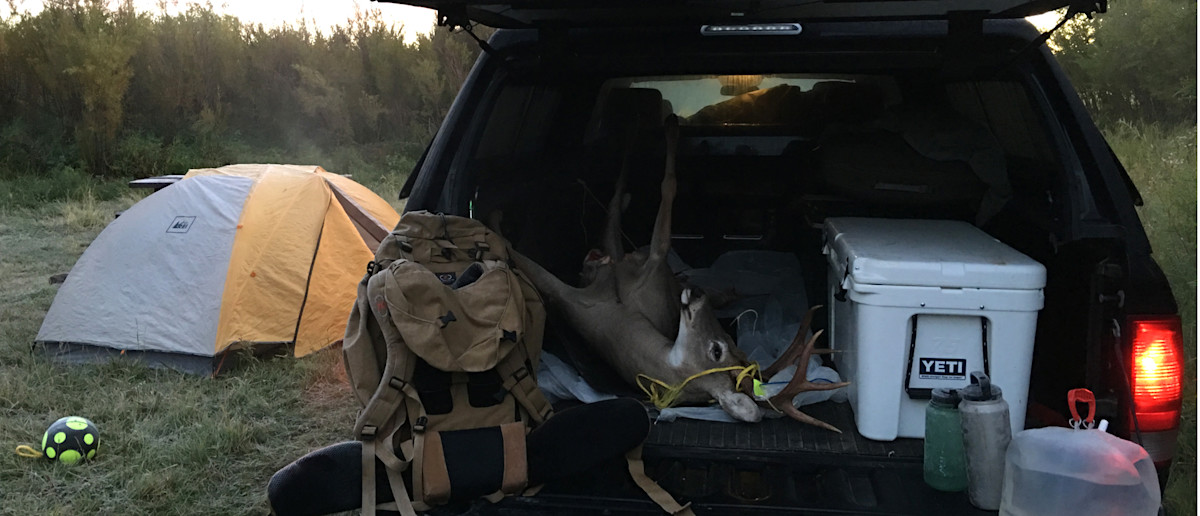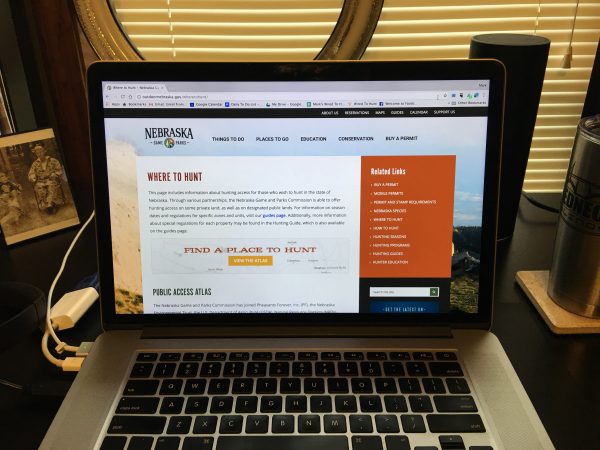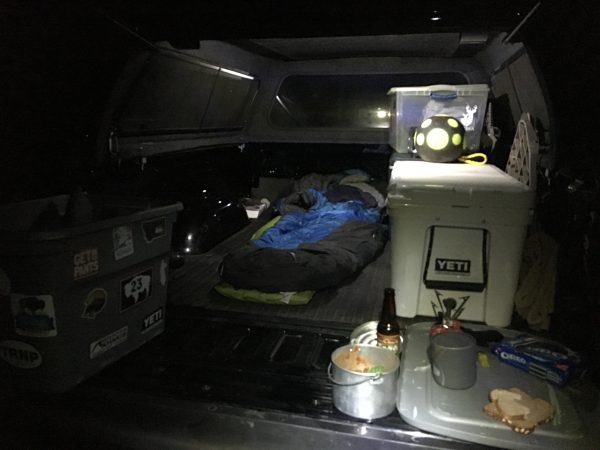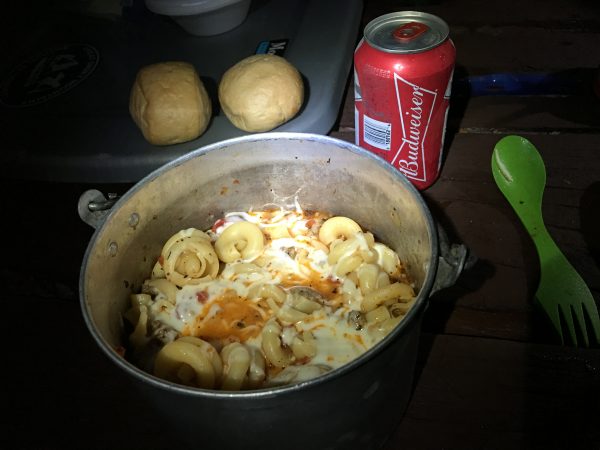
By Mark Kenyon
Winter is that time in a deer hunter’s life for looking back and looking forward. The most recent hunting season is in the rearview mirror and a brand new season is glimmering in the future. And for that reason, winter is also the time I most often make my plans for new hunting trips. If you’re in a similar boat right now, you’re probably stuck on the same thing I am … how can I pull off the hunting trip of my dreams without completely emptying my bank account? It’s a reasonable question and one I wrestle with often. But it’s a question I want to make sure doesn’t stump you.
That said, here are four ways I’ve been able to reduce my costs on out-of-state trips. Use all four to embark on the ultimate big buck trip on a budget, or mix and match as your funds allow. Either way, at least promise me this; Find a way to go on your trip – no matter what. Life’s too short to push these things off til “someday.”
1. Avoid high-cost license states: One of the most expensive parts of many out-of-state trips is a nonresident hunting license, but it doesn’t have to be that way. The famed big buck states like Illinois, Iowa and Kansas obviously provide great hunting opportunities, but they also charge exorbitant prices to hunt there – especially if you need to take on years worth of preference point costs just to someday draw a tag. Take for example Iowa. To hunt in the most renowned parts of the state, you’ll likely need three or four years worth of $50 preference points before you can draw your tag. So there’s $200 right from the get go. Then add in your hunting license ($112), a non-res habitat fee ($13) and your tag ($426) and you’re up to a grand total of $751 dollars. If you can afford it, that’s great. But if you’re looking to pull off a budget trip, Iowa probably isn’t your best option. Instead, focus your efforts hunting low-cost license states like Indiana (~$150), Ohio (~$150), North Dakota ($250), Kentucky (~$260), Oklahoma (~$280) or one of the many other states that offer non-res tags for less than $400.
2. Do it DIY: Hiring a whitetail outfitter can set you back upwards of $3,000-$5,000. That’s a huge cost you can avoid by taking on your out-of-state trip as a DIY affair. And while this kind of trip is obviously more challenging, I can attest to the juice being worth the squeeze. There’s lots to consider when planning a DIY trip, but here are a few quick things to consider when getting started. First, spend your winter months researching online resources and studying maps to find likely public land areas or private properties you’re interested in obtaining hunting permission. Then, if possible, swing out to scout said properties during shed hunting season. This is a great chance to ask for permission and hopefully walk/scout these properties. I’ve gotten free hunting permission in states like Iowa, Michigan, Ohio and Indiana – it just takes a willingness to knock on a lot of doors. And if that doesn’t sound like your cup of tea, public land options abound if you’re willing to seek them out. Once you’ve gotten permission or found some public, the onus is now on you to figure that property out and to put a smart hunting strategy together. For more advice on this kind of DIY out-of-state hunting, listen to episodes #96 and #112 of the Wired To Hunt Podcast.
3. Ditch the hotel: A week in a hotel, even a real dive, can cost you $500 or more. Take that cost off the table by simply camping. Camp sites can be found many times for less than $20 a night, and in many cases you might be able to camp on private or public property for free. For example, if you’re near a national forest, you can simply pull off anywhere within it’s boundaries and camp for free. If you have a camper, that’s great. But I’ve pulled off this kind of trip simply living out of the back of my pickup truck or in a tent. If you have a cap on the back of your truck, this can make for an awesome camping situation. Bring a good sleeping bag and pad, a Mr. Buddy Heater for cold mornings, and a good headlamp and you’ll be set. And if not, just make sure you’ve got a good waterproof tent. Another tip for those of you who are particularly stingy; if you’re traveling cross country to your destination and need to sleep somewhere overnight, to avoid hotel costs, simply pull into a Walmart parking lot and sleep in the back of your vehicle or pick-up. For whatever reason, Walmart parking lots have become common sleepover destinations for truck/van camping travelers, and relative to some options, they’re pretty safe too.
One of the most common questions I get about camping out for hunts is how to deal with scent control. And this is definitely a challenge. To deal with odor I typically do a quick “wash” before each hunt by using scent-eliminating wipes to wipe down my body, I’ll then also use scent eliminating spray liberally as well. Usually a couple water bottle showers throughout the week helps too. On top of that, I also keep all my hunting clothes hanging outside or sealed up in a tote or bag. Nix the campfires too, all that smoke can stink up your hair or hunting gear fast.
If you need power to charge phone, computer or Ozonics batteries, you can get converters to charge from your car battery, or pick-up an electric “generator” like the Goal Zero Yeti, which I’ve used for the past couple years on these types of trips.
4. Bring your own food: A final large cost of many trips is food. If you’re going out for breakfast, lunch and dinner every day – it adds up fast. To avoid this, I’ve started to bring along meals from home. This past year, while hunting Montana, I brought along all the food I’d need for the entire week. For breakfast I had muffins and Belvita breakfast “biscuits”, for lunch I had PB&J or ham sandwiches and chips, and for dinners I had frozen pre-made meals that I simply heated up in a pot each night. A good cooler of some kind is a must to keep meals cold over the course of a week (I used a Yeti Tundra), and then I used a small backpacking stove and pot to heat water for coffee and for the aforementioned dinners. My frozen pre-made meals included chili, venison meatballs and pasta, lasagna soup, venison stew, and a venison enchilada casserole of sorts.










Conversation